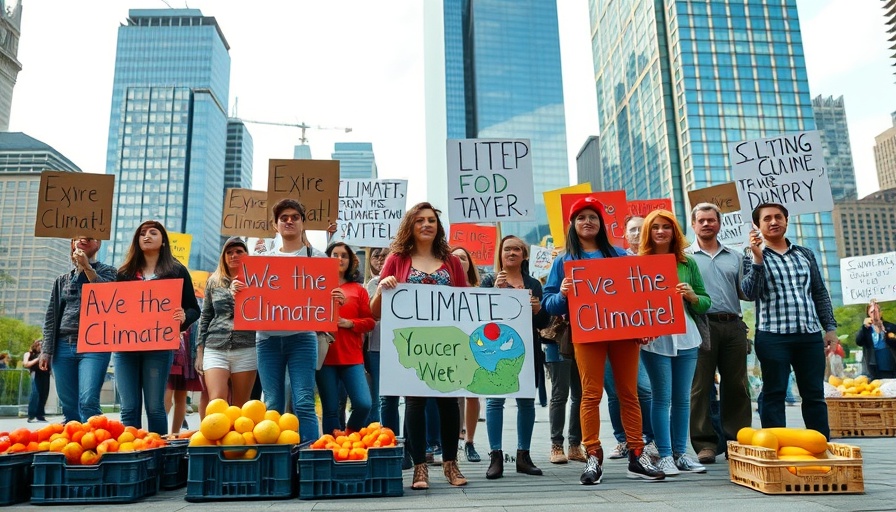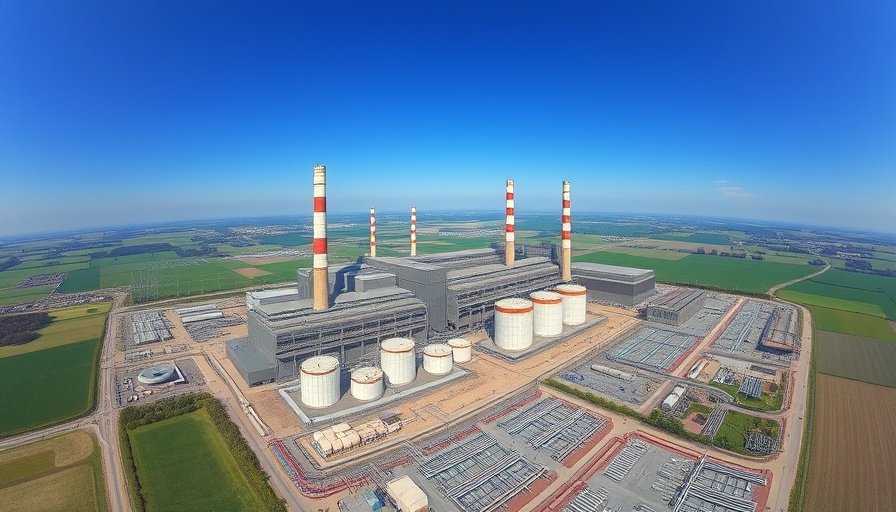
Why Cleaner Grids Are Essential for Cleaner EV Batteries
As electric vehicles (EVs) continue to gain popularity, the focus on sustainable practices in battery manufacturing has intensified. A recent report from Greenpeace highlights that the world’s largest EV battery manufacturers, including Contemporary Amperex Technology Company Limited (CATL), BYD, and LG Energy Solution (LGES), must source their energy from cleaner electricity grids. This need arises from the significant carbon footprint associated with battery production, which accounts for about one-third of the lifecycle emissions from cradle to gate.
The Impact of Carbon-Intensive Energy
The carbon intensity of the electricity used in manufacturing directly impacts the total emissions related to battery production. According to the report, countries like China and Poland, where these battery manufacturers operate, have higher emissions levels linked to their national grids. For instance, the carbon intensity in Poland exceeds 500 grams of CO2 per kilowatt-hour (kWh), resulting in production emissions that are often two to four times higher than facilities in more environmentally friendly locations like Europe.
Emissions Reductions Through Strategic Manufacturing Locations
Transitioning battery production to regions with cleaner grids presents a substantial opportunity for emissions reduction. The report indicates that relocating production from China to Europe could lead to emissions savings of between 32% to 60% in specific cases, particularly where renewable energy sources are more prevalent. For example, France's low-carbon grid allows battery manufacturers to achieve emissions as low as 52 kilograms of CO2 equivalent per kWh.
Future Insights: The Role of Renewable Energy Integration
As countries worldwide expand their renewable energy infrastructure, the opportunity for sustainable battery manufacturing systems is poised to grow. Policymakers and industry leaders are urged to prioritize the establishment of gigafactories in regions with renewable energy capabilities, or invest in on-site renewable energy sources. This proactive approach can drive down carbon emissions while simultaneously bolstering the green economy.
The Intersection of Manufacturing and Climate Policy
Policymakers play a crucial role in shaping the future of battery manufacturing. The report's findings underscore the need for environmental regulations that prioritize sustainable development and encourage the use of clean energy. By creating incentives for industries to adopt cleaner energy sources, employers can contribute significantly to climate action efforts, aligning their operations with broader environmental initiatives.
Community Impact and Consumer Choices
For eco-conscious consumers, understanding the environmental impact of their choices is vital. As the demand for EVs grows, consumers have the power to influence sustainable practices in the market. By choosing brands and products that prioritize renewable energy in their manufacturing processes, environmentally-friendly individuals can drive the transition towards a circular economy, supporting businesses that embrace sustainability practices.
Conclusion: The Move Towards Sustainable Solutions
It is evident that improving the carbon intensity of electricity grids is fundamental for achieving substantial reductions in the carbon footprint of EV batteries. As the industry evolves, stakeholders must collaborate toward adopting practices that favor sustainability, enabling a transition not only to low-emission vehicle production but to a greener world overall.
With the urgency of climate change, it’s critical for both consumers and manufacturers to prioritize eco-friendly practices. Choosing renewable energy sources, embracing electric vehicles, and pushing for policy changes can all contribute to a healthier planet. Join the movement towards sustainability by making conscious consumer choices today.
 Add Row
Add Row  Add
Add 



Write A Comment